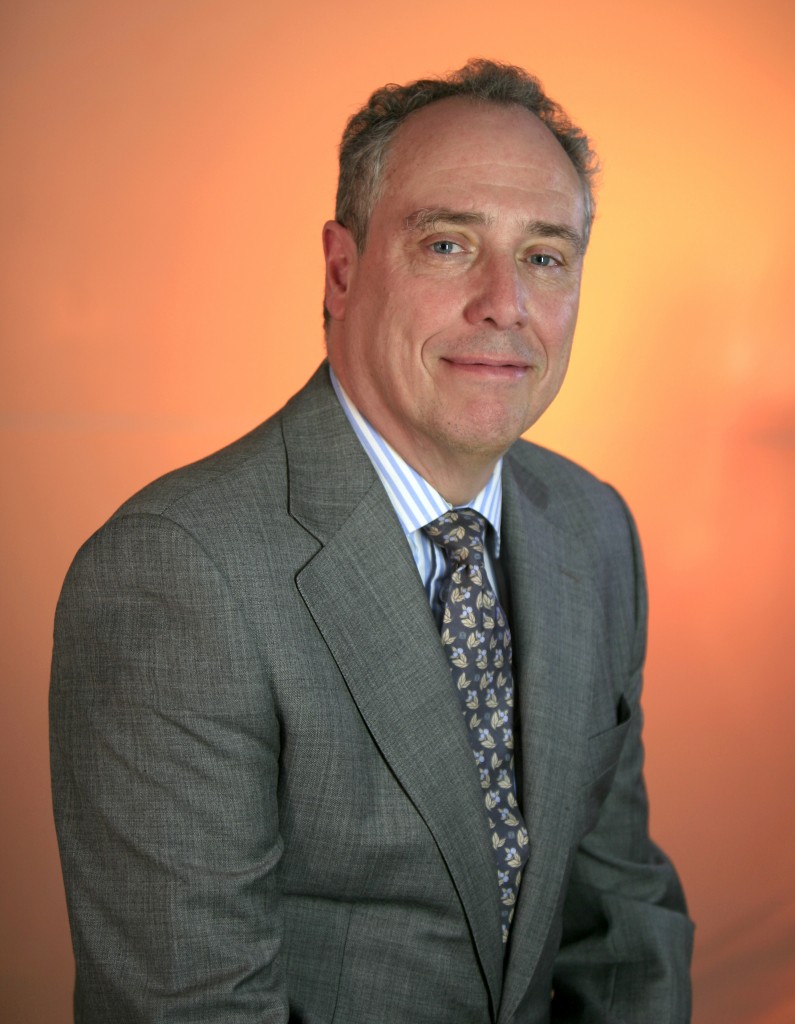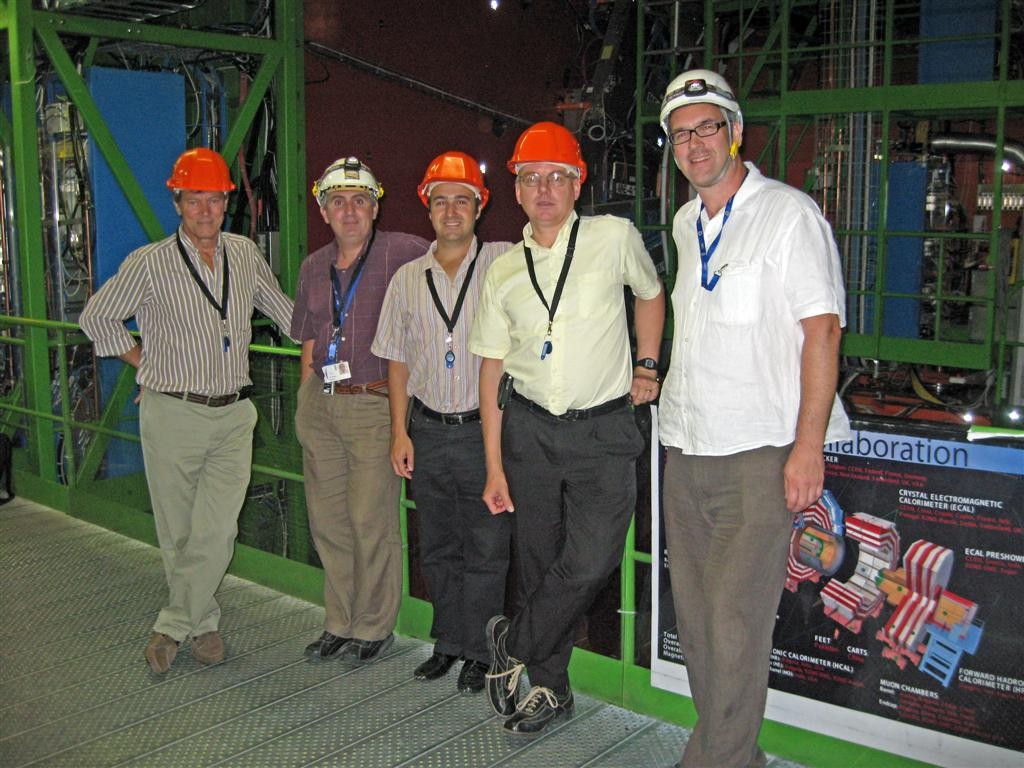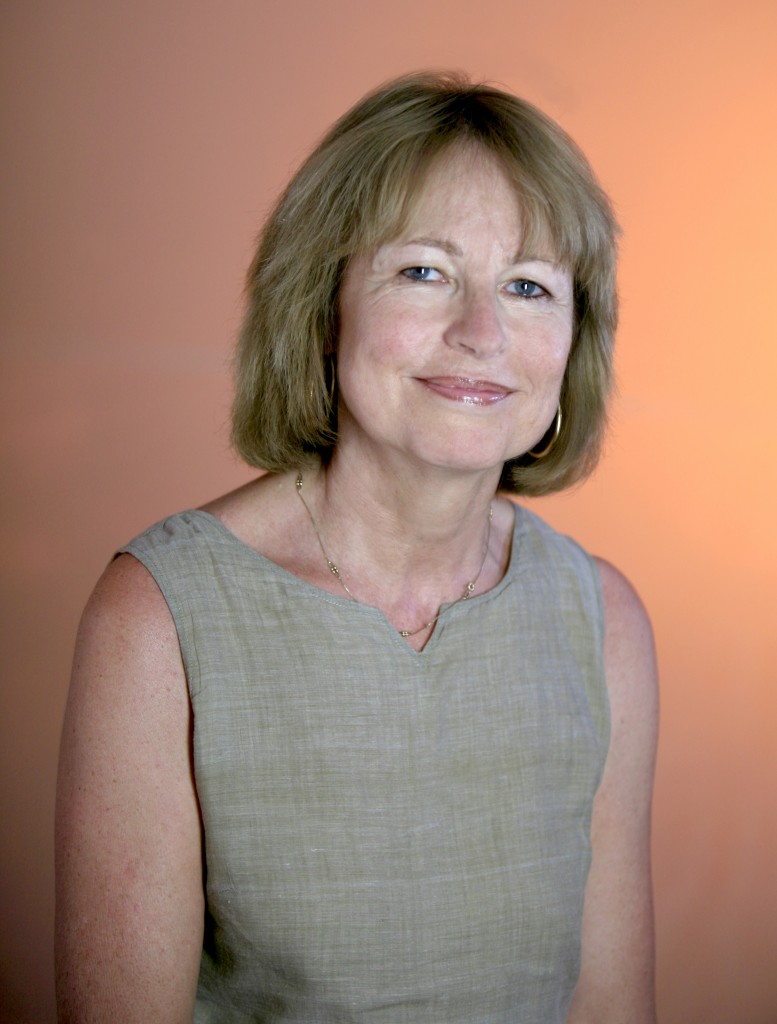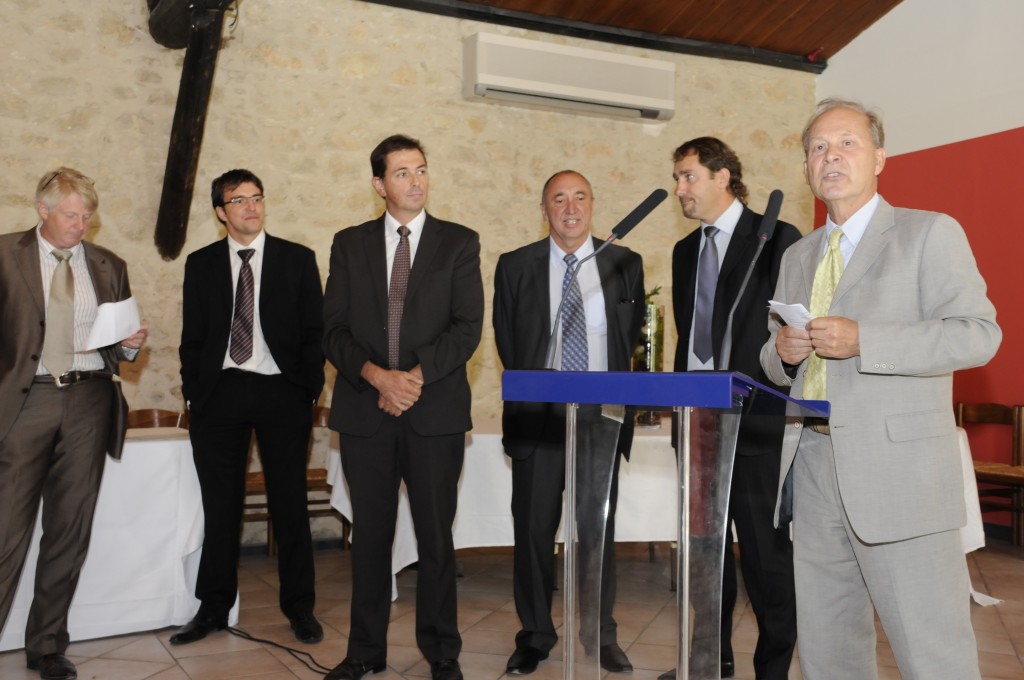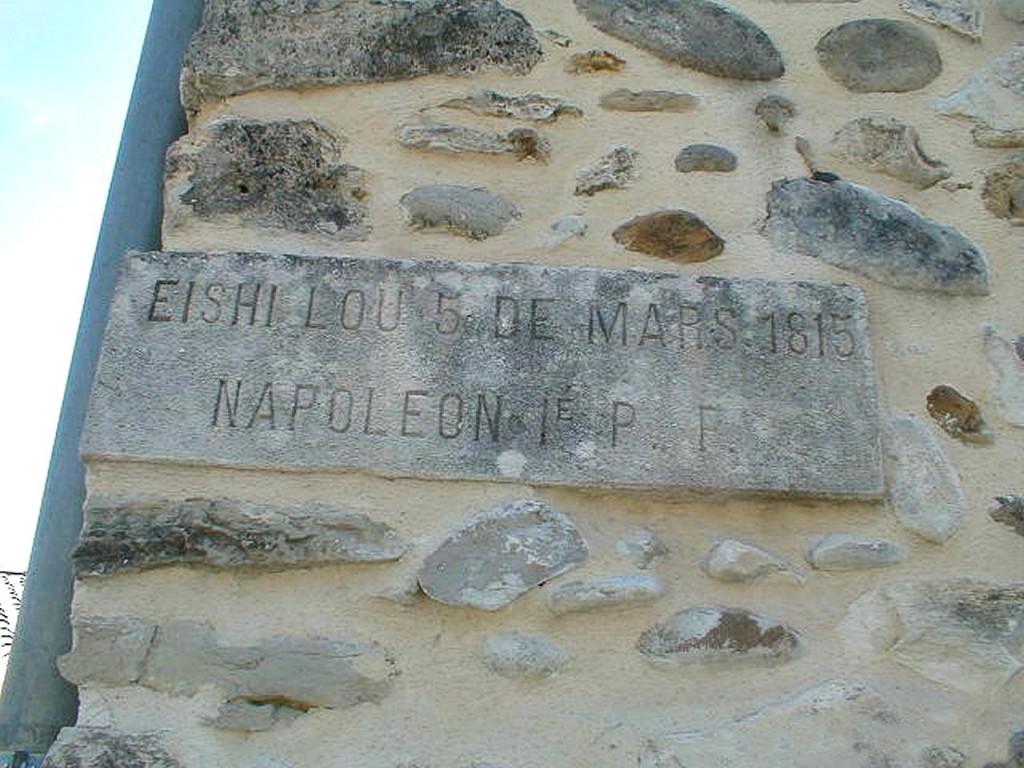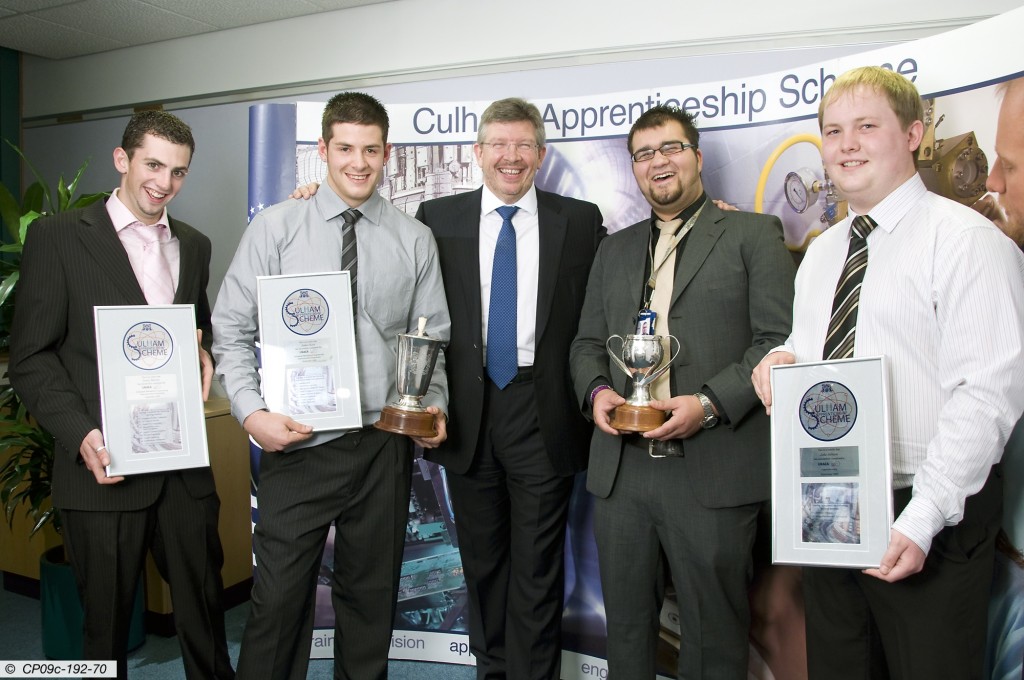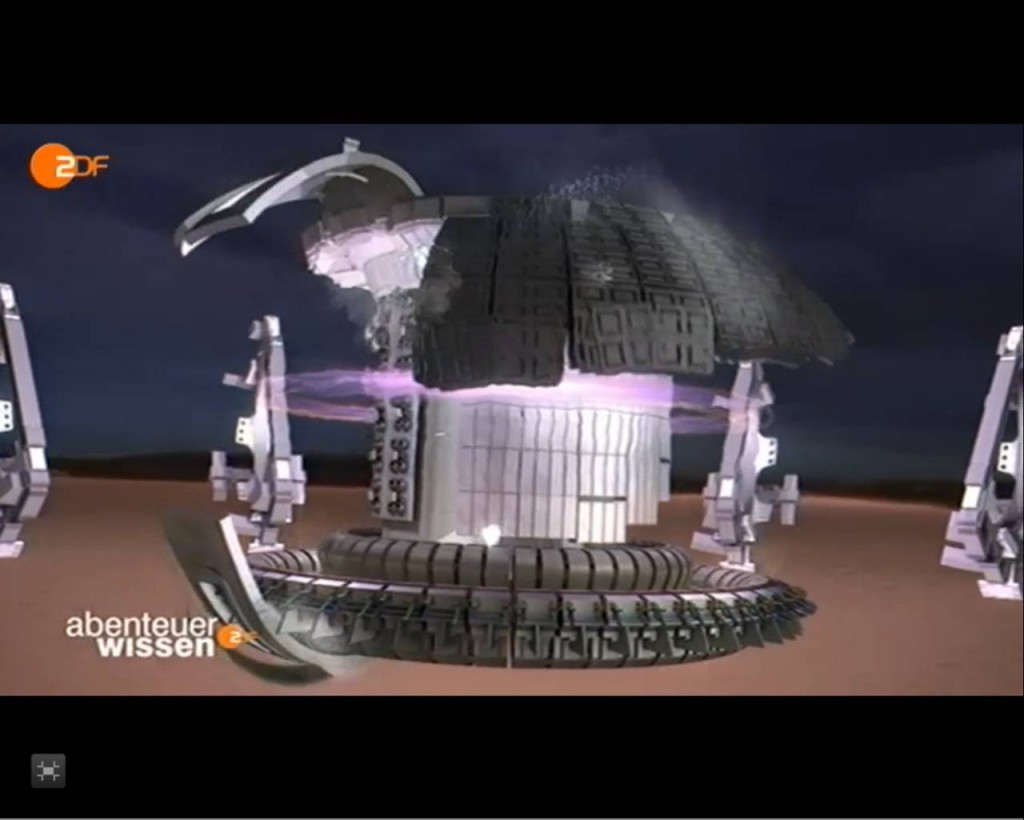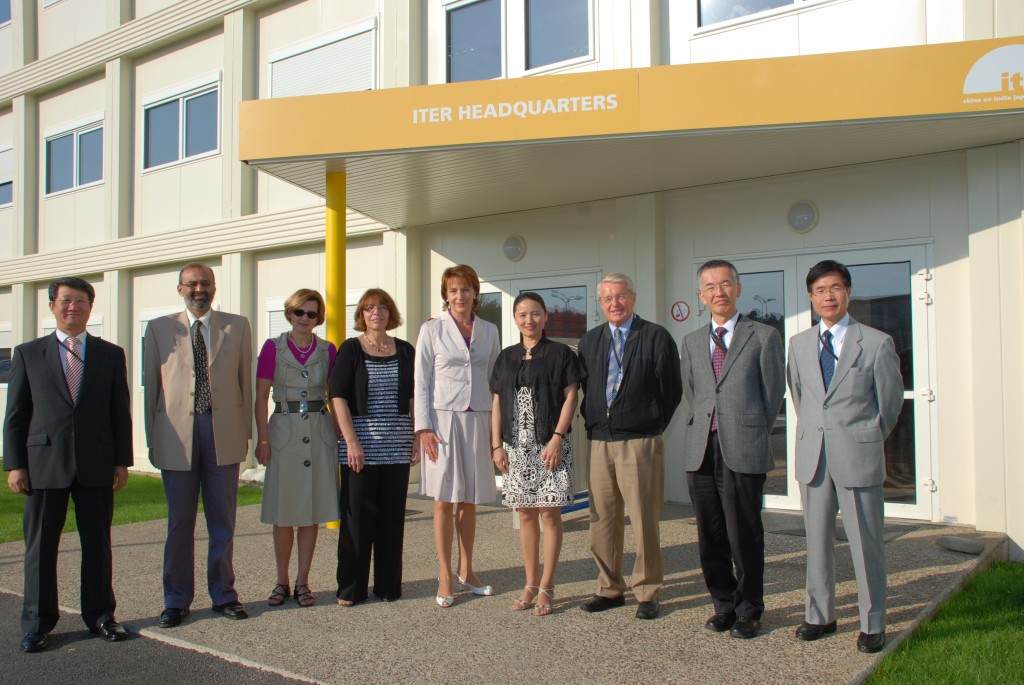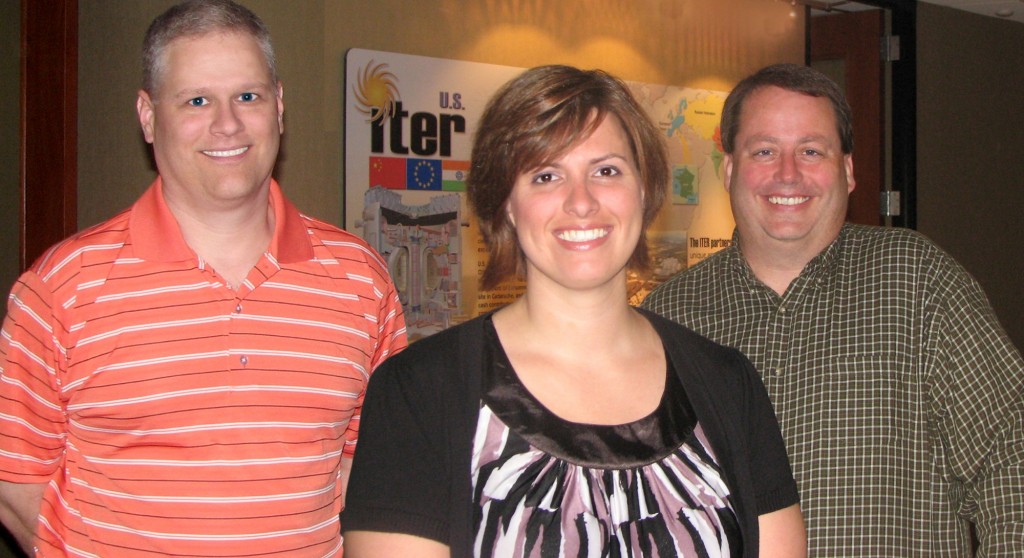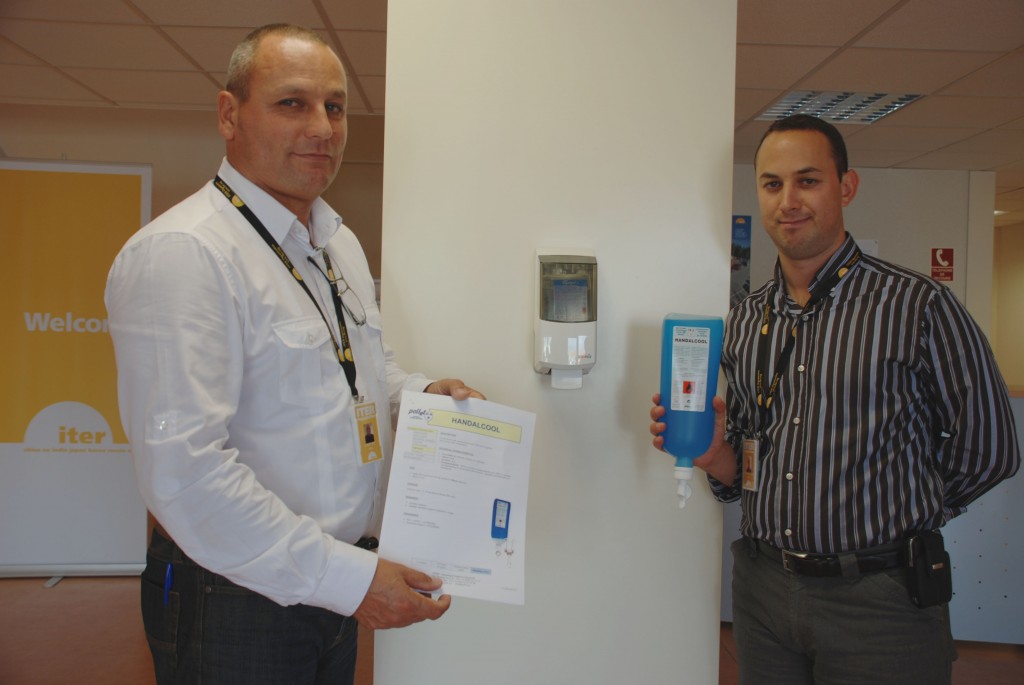The collaboration between the CERN and the ITER vacuum groups took another leap forward when both groups discussed the world's longest (27 km) environment and the world's largest vacuum environment (14,000 m³). The members of the ITER group were especially interested in the vacuum and cryogenic experience gained during the building and commissioning of CERN's new LHC machine. CERN is making an impressive recovery from its setback last year, and protons are again expected to circulate in the 27 km ring in November this year.
The ITER group visited some 5,000m² of CERN's vacuum facilities used during the LHC development and installation. This included the Compact Muon Solenoid (CMS) experimental gallery—one of the large underground detectors of the LHC which will be used to detect the famous Higgs boson.
Three years at ITER, and another three as the Director of the adjacent CEA Cadarache centre ... Pascale Amenc-Antoni has seen the ITER Project evolve from the inside. She was one of the early actors for ITER in France, working to bring the project to Cadarache, creating Agence Iter France and helping to design and staff the administration of the young ITER Organization. Today, she is Senior Advisor to the ITER Director-General.
Pascale had something of an accidental start in energy. After earning degrees in law and political science, she was recruited by a weekly publication on the oil and gas industries. "As a journalist I learned to ask questions, listen to the answers and take notes—a skill that serves me well today," she recalls. When the 1973 oil crisis hit she found herself in the midst of game-changing economic, strategic and political issues. "I took a turn toward energy at that time, and the truth is I've never looked back."
In 1983, she joined the French Atomic Energy Commission (CEA) in Communications—the beginning of a 23-year collaboration. She rose to become Director of Communications, Director of Human Resources and finally Cabinet Director for the CEA Chairman, where she was the interface between department heads and the Chairman, and spokesperson for the outside world. "Working for the CEA, it was possible to have more than one career," says Pascale, looking back. In 2003, she was asked to take the operational reins of a CEA centre. She agreed, "but only if it's Cadarache."
Pascale was given a special mission as Director of CEA Cadarache: help win the international ITER Project. Pascale was instrumental in rallying the local players behind the candidacy—the PACA region, six departments, and Greater Aix. Their pledge of EUR 467 million for the ten-year ITER construction phase complimented France and Europe's engagements, and contributed to the selection of Cadarache as the ITER site in June 2005.
Pascale created the French technical and financial agency for ITER—Agence Iter France—and its Welcome Office in October 2005. In parallel, she co-founded and presided a "clean energy collaboration" (Pôle de Compétitivité) for the PACA region. Managing CEA Cadarache, the brand-new Agence Iter France (AIF), and the Pôle "was a lot" for one person. In April 2006 she left the direction of the CEA Centre to devote her energies to ITER at AIF. But when she was offered the position of Assistant DDG for Administration in October, she accepted. "To join the ITER Organization at such an early stage was an exceptional opportunity," says Pascale. "In three years we've gone from being just a handful, to 400 staff plus subcontractors." She was active in the negotiations for the ITER Headquarters Agreement, and in building the Administration team until becoming Senior Advisor to Mr. Ikeda in March 2008.
Pascale is responsible for regular interaction with French, European and local instances involved with the ITER Project. She helped conclude the Monaco Partnership Arrangement, she participates in local informational sessions on ITER for the public (Commission Locale d'Information), and keeps in close contact with the High Representative for ITER in France (Haut Représentant pour la réalisation en France du project ITER), Agence Iter France and the international school. In addition, since June she has been the acting head of the Security Section, replacing Jean-Louis Faure who is absent on illness.
Pascale's 35-year career can be summed up in one word—energy.
ITER is a chance for the Provence-Alpes-Côte d'Azur (PACA) region. And it is also a major challenge. On the territory that will be impacted by the program, several administrative entities and jurisdictions overlap. As a consequence, and in order to make the best of ITER, a new "territorial governance" has to be invented.
An important step in that direction was taken last Monday at the Château de Cadarache with the inauguration of the "Joint Bureau of ITER and Sustainable Development Agencies."
This new and original structure is funded by the Agencies for Economic Development of the six neighbouring départements, the Greater Aix Council, Euromed, the PACA Regional Council and the Mission for Regional Development. Its mission will consist of attracting, welcoming and supporting companies and businesses that wish to participate in ITER's dynamics. It is hosted in Cadarache by the Cap Énergie cluster.
"A collective response is paramount to optimizing ITER's contribution to the regional economic fabric," says Hervé Graulier, the newly-appointed head of the Joint Bureau.
Rather than being a new player in an already crowded field, the Joint Bureau will act as a "coordinator" and a "facilitator." Its intention is to play a key part in giving shape and consistency to the concept of "Valley of Energies"—a cluster of companies, businesses, universities and research centres of which ITER will be the "Admiral ship."
Some two hundred years ago in Volonne, a village located 60 kilometres upriver from Cadarache, a villager engraved a stone plaque to commemorate what he considered a major historical event. The plaque read: "Eishi lou 5 de mars 1815 Napoleon 1É P.P." Although it is written in Provençal—only few people in Provence spoke French at the time—it is quite easy to translate, except for the last two letters, which are rather cryptic: What did Emperor Napoléon do in Volonne on 5 March 1815? Well, he passed through the village—that's the first "P" — and he urinated on the wall—that's the second "P".
The plaque commemorates a very small event in a much larger story: Napoléon's return from the island of Elba, off the coast of Italy, where he had been exiled ten months earlier by a coalition of half a dozen European nations. On 26 February 1815, the fallen Emperor and a handful of his followers managed to escape house, or rather island, arrest. After one night at sea, the party landed at Golfe-Juan, near Cannes. Their intention was to reach Paris and reclaim the imperial crown. Careful to avoid the main thoroughfares, Napoléon chose to cut across the southern foothills of the Alps. This is how, after having reached Digne on 4 March, he arrived in Volonne the following day. The original party had swelled into a small army by then—Napoléon still had many supporters in the country he had ruled from 1799 to 1814.
The watershed event occurred on 7 March at Laffrey, a mountain village located half-way between Gap and Grenoble. There, in what was to be known as the "Clearing of the Meeting," the Emperor faced the troops that the newly restored monarchy had sent to stop him. "Here I am," said Napoleon, "Kill your Emperor if you wish!" Instead of shooting, the royalist troops cheered him and the road to Paris was left open.
Following these events, Napoléon was to rule a mere hundred days, ending with the battle of Waterloo on 18 June 1815. The Corsican-born Emperor was deported again—this time to the Southern Atlantic island of Saint-Helena, where he died in 1821.
The "Route Napoléon," the RN85, winding through Cannes, Digne, Sisteron, Gap and ending in Grenoble commemorates the events, large and small, that punctuated the Emperor's odyssey through Provence. Plaques and statues remind us that Napoléon slept here, ate there ... and "P." on a wall in the village of Volonne.
Ross Brawn was the guest of honour at UKAEA's annual apprentice prize-giving event at Culham this Tuesday. And his words had extra meaning for the budding engineers, as Brawn started his career as a UKAEA apprentice in the 1970s.
Brawn has enjoyed a stellar career in motorsport, masterminding Michael Schumacher's world championships at Benetton and Ferrari, and is currently leading the Brawn GP team in their successful debut season in Formula One which has seen six victories to date. Before all that however, Ross cut his teeth as a trainee engineer at UKAEA's Harwell site and his apprenticeship stood him in good stead for his future career.
Ross Brawn said: "Working at the pinnacle of motorsport in Formula One is challenging but hugely rewarding. Motorsport is a highly competitive environment where practical experience can really make a difference to your career prospects. I firmly believe that developing your practical experience is the key to getting the best possible grounding in engineering and motorsport and I was fortunate to have achieved that with UKAEA, where my apprenticeship taught me many valuable skills."
"I'm looking forward to speaking to the young engineers at Culham and will hopefully be able to provide some valuable advice for their future careers. I'm sure the visit will bring back a few memories of my years as an apprentice at UKAEA."
Fourteen apprentice engineers are now being trained by UKAEA at Culham Science Centre. The current apprentice scheme was introduced in 2005 to give young people from the local area a kick-start into an engineering career, as well as to meet a requirement for skilled technicians at Culham—home to the UK's national fusion research program, and to the world's largest fusion experiment JET.
|
Wednesday this week, the German Television ZDF broadcasted a feature on ITER called "Das Sonnenexperiment," the "sun experiment." It is introduced as the biggest technical challenge of all times. The program filmed in HD also introduces Wendelstein-7x in Greifswald and the National Ignition Facility in California. In case you missed this interesting feature, don't you worry. There is a second chance.
Today, the Financial Audit Board came to the end of its interim visit having looked at a number of activities and transactions at the ITER Organization during the first half of 2009. The Board also discussed the planning of an audit of ITER's information system, and in particular the system's security.
This audit which is scheduled early in 2010 will come in addition to the Board's regular audits of the Organization's annual financial statements. "During this interim visit we discussed how to proceed," Hiroshi Nagano, the Board's chairman, said. "In our next on-site meeting in April we will come up with first conclusions."
The Financial Audit Board is constituted by representatives from the seven ITER Members. As of 1 January 2010, Alice C. Peterson from the US will take over the Chair in accordance to the Board's rotation principle.
Employees at the US ITER Project Office in Oak Ridge have successfully completed the Masters of Project Management program offered through Western Carolina University. Wayne Steffey of Project Controls and Janet Bivens, who supports the Business Office, completed the two-year program along with Greg Capps, who recently left the USIPO to join the Physics Division at Oak Ridge National Laboratory.
Wayne explained that the project management course work has helped the graduates better understand all aspects of the project management lifecycle. "The courses were beneficial in expanding our knowledge regarding our individual disciplines," he said. "They also provided us with a total picture of the project processes. Many areas of the course study are applicable to ITER, and we look forward to utilizing our past experience and new learning towards the successful completion of the international project."
Dan Ciarlette, who serves as CODAC and Computing Group Leader for the USIPO, is also studying project management and recently received an Advanced Graduate Certificate in the field from Pennsylvania State University.
Hand washing: An easy way to prevent infection
Most people do it without thinking. Yet hand washing, when done properly, is one of the best ways to avoid getting sick. This simple habit requires only soap and warm water, antimicrobial toilettes, or an alcohol-based hand sanitizer. Throughout the day, germs accumulate on your hands from a variety of sources—direct contact with people, contaminated surfaces, foods, even animals and animal waste. If you don't wash your hands frequently enough, you can infect yourself with these germs by touching your eyes, nose or mouth. And you can spread these germs to others by touching them or by touching surfaces that they also touch, such as doorknobs.
Antibacterial soaps have become increasingly popular in recent years, however these soaps are no more effective at killing germs than regular soap. What's more, using antibacterial soaps may lead to the development of bacteria that are resistant to the products' antimicrobial agents—making it even harder to kill these germs in the future.
That is why recently cleaning gels for fast hand hygiene were installed in all meeting rooms, cafeterias and at the main entrance of all ITER buildings.
Follow these instructions for washing with soap and water:
Wet your hands with warm, running water and apply liquid soap or use clean bar soap. Lather well.
Rub your hands vigorously together for at least 15 seconds.
Scrub all surfaces, including the backs of your hands, wrists, between your fingers and under your fingernails.
Rinse well!
Dry your hands with a clean or disposable towel.
Use a towel to turn off the faucet.
Follow these instructions for using an alcohol-based hand sanitizer:
Apply about 1/2 teaspoon of the product to the palm of your hand.
Rub your hands together, covering all surfaces of your hands, until they're dry.
|


